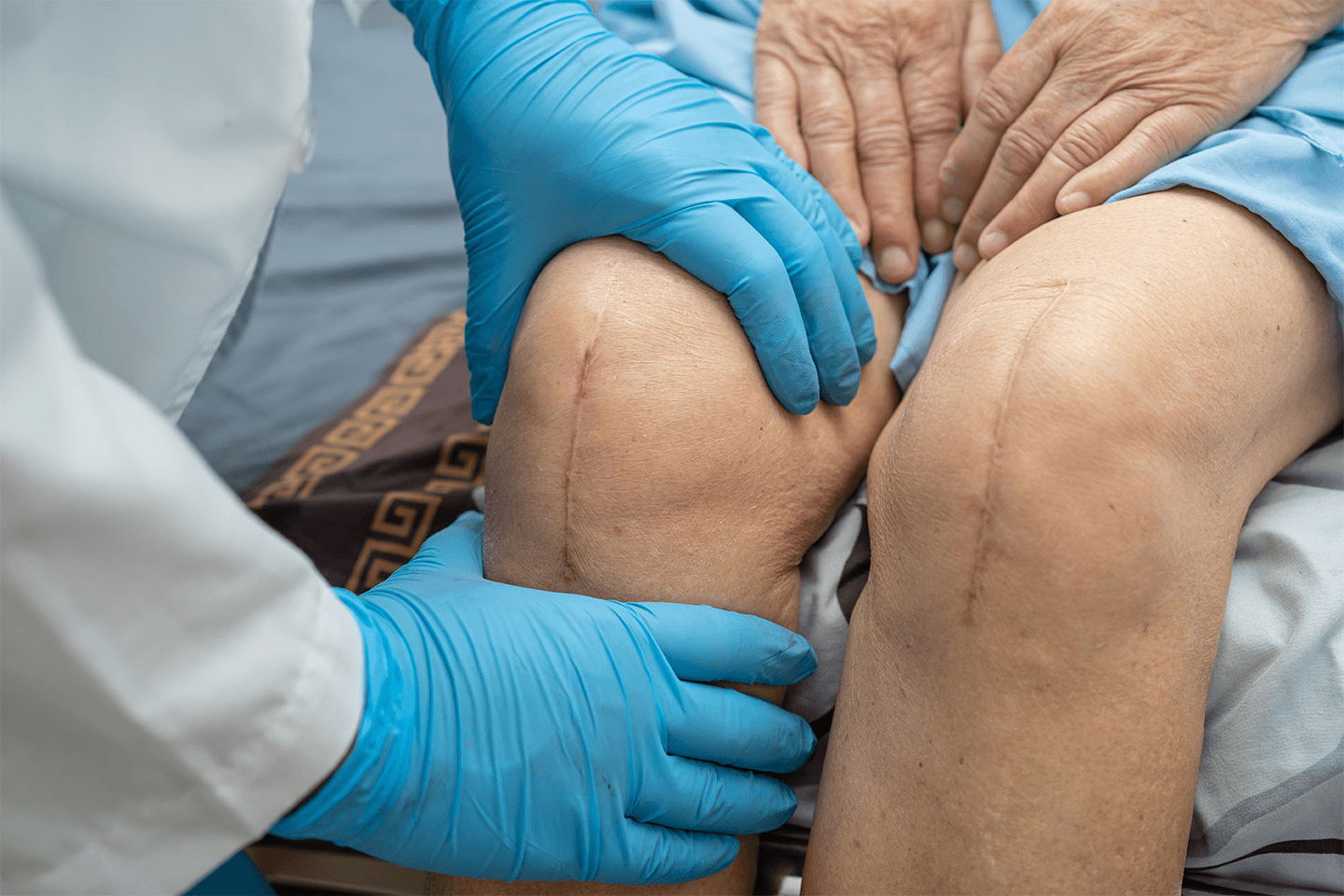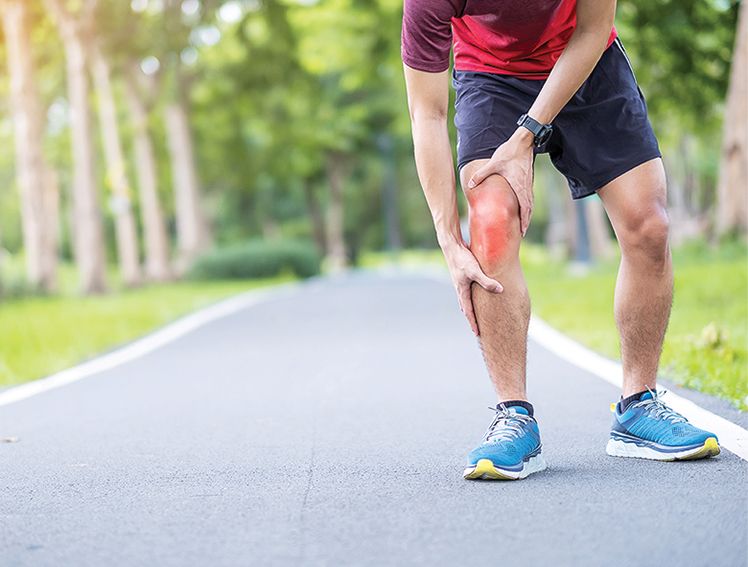
How to Care for your Knee Incision Post-Surgery?
Introduction
You have just undergone knee replacement surgery, a significant step towards an active life. But now, as you look down at the bandages and the fresh incision, you might be wondering, "What comes next?" Taking proper care of your knee incision is crucial for a smooth recovery. Let us explore some practical tips and daily routines to ensure your incision heals properly, helping you get back on your feet with confidence.
Immediate Post-Surgery Care
After your knee replacement surgery, you will likely spend a few days in the hospital under close supervision. Here s what to expect immediately after the procedure:
- Monitoring: Healthcare professionals will monitor your vital signs, pain levels, and the incision site for any signs of complications.
- Pain Management: Medications will be administered to manage pain and discomfort.
- Mobility: You might start physical therapy a few days after the surgery to begin gentle movements and prevent stiffness.
Understanding Your Incision
Your knee incision will play a critical role in your recovery. Here’s what you need to know about it:
- The incision for a knee replacement surgery is typically a vertical cut along the front of the knee. Its length can vary depending on the type of surgery.
- Surgeons use various methods to close the incision, such as stitches, staples, or surgical glue. Each type has specific care instructions that you should follow diligently.
Daily Care Routine
Proper daily care of your knee incision is essential for preventing infections and promoting healing. Here’s a detailed routine to follow:
- Cleaning the Incision: Wash your hands thoroughly before touching the incision. Use a clean, soft cloth or gauze soaked in a recommended cleaning solution to gently clean around the incision. Use saline solution or mild soap and water as advised by your healthcare provider. Clean the incision site daily or as recommended by your surgeon.
- Keeping the Area Dry: Keeping the incision dry is crucial to prevent infections. Cover the incision with a waterproof bandage while showering. Avoid submerging the incision in water (baths, swimming pools) until it’s fully healed.
- Monitoring for Signs of Infection: Look for redness, swelling, warmth around the incision, or discharge. Fever can also be a sign of infection. If you notice any of these signs or if the pain increases unexpectedly, contact your healthcare provider immediately.
- Managing Pain and Discomfort: Follow your prescribed medication plan. Over-the-counter pain relievers may also be recommended. Using ice packs can help reduce pain and swelling. Elevate your leg when resting to reduce swelling. Use pillows to support your knee.
Promoting Healing
Promoting healing requires a balanced approach of nutrition, rest, and activity.
Nutrition and Hydration: Include protein-rich foods like lean meats, fish, and legumes. Vitamin C and zinc-rich foods like citrus fruits, nuts, and seeds are also beneficial. Drink plenty of fluids, especially water, to stay hydrated.
Rest and Activity: While rest is important, gentle movements and exercises, as recommended by your physiotherapist, will promote healing. Follow the exercises provided by your healthcare team to improve flexibility and strength without straining the incision.
Avoiding Strain: Avoid heavy lifting, bending, or any strenuous activities that may put pressure on the incision. Use assistive devices like crutches or walkers as recommended to reduce strain on your knee.
Recognizing Complications
Watch for signs of deep vein thrombosis (DVT), like pain in the calf, swelling, and redness. Delayed healing and increased pain are also concerns.
Regular follow-up appointments are essential to monitor your progress and address any issues. If you experience severe pain, excessive bleeding, or signs of a blood clot, seek medical attention immediately.
FREEDOM® Total Knee System by Meril
The Freedom Total Knee® System by Meril is a state-of-the-art solution designed to enhance the quality of life for patients undergoing knee replacement surgery. It is an anatomically designed system that replicates the natural movement of the knee, offering a more natural feel post-surgery. The system supports high flexion, allowing patients to bend their knees naturally and engage in a wider range of activities.
Conclusion
Taking proper care of your knee incision after knee replacement surgery is a critical part of your recovery process. By following the outlined steps, you can ensure a smooth and successful recovery. Always follow your healthcare provider’s instructions, and do not hesitate to reach out to them with any concerns. Your diligent care today will pave the way for a healthier, more active tomorrow.



